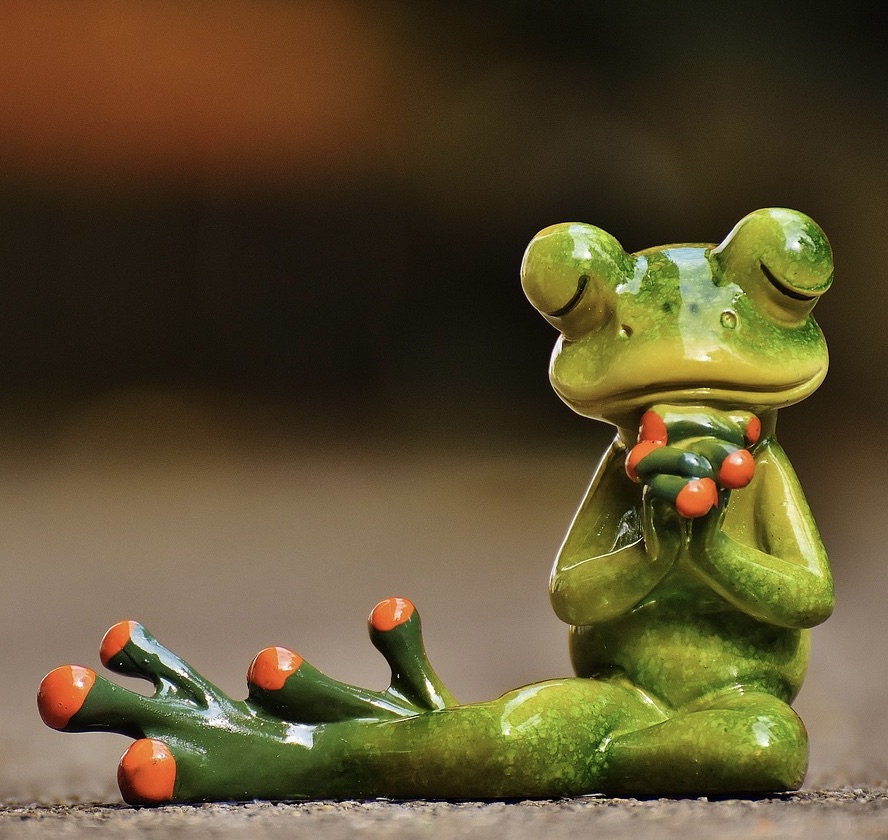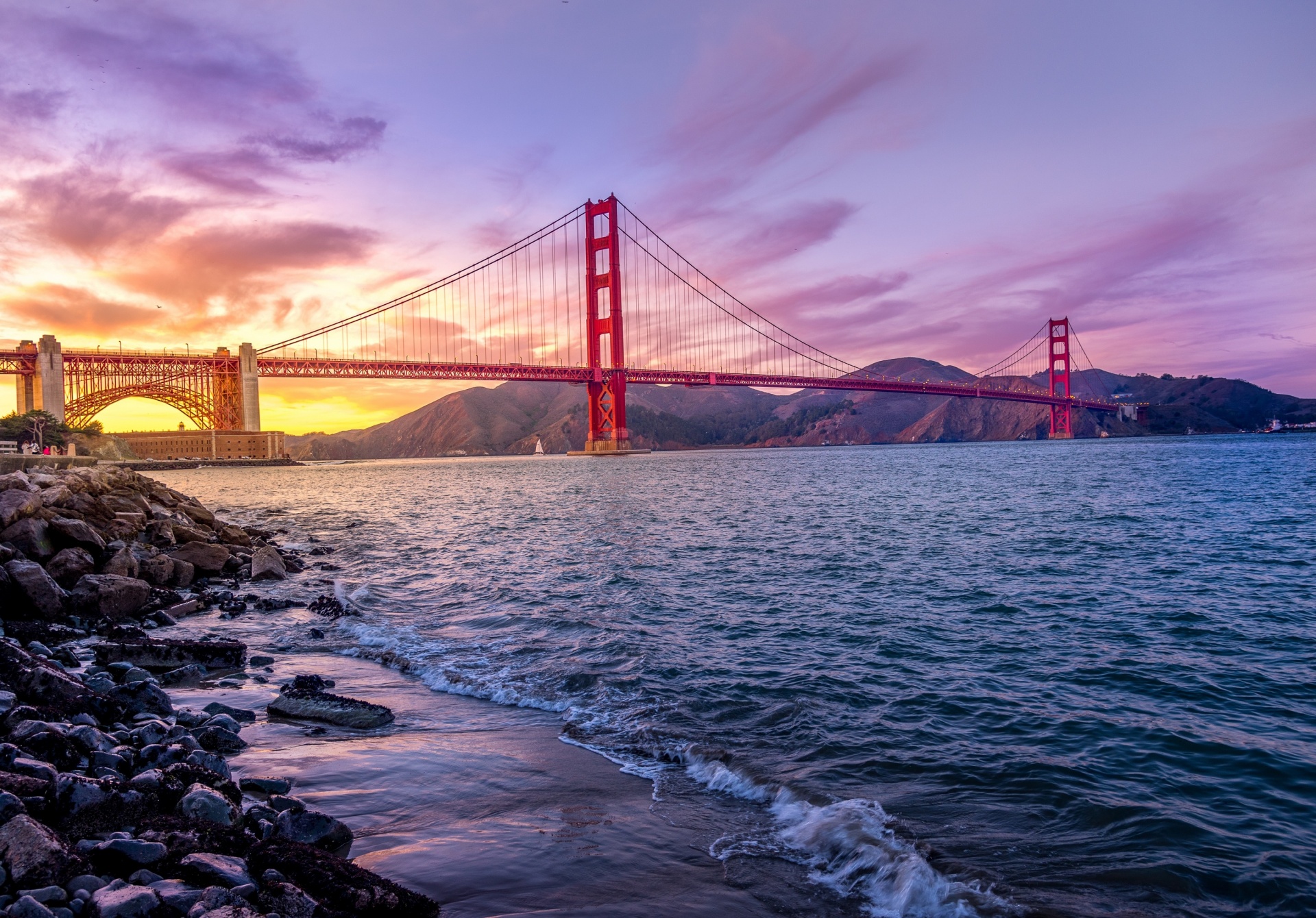interview by Darren Ching and Debra Klomp Ching
 Mountain I, 2012 © Peter Croteau
Mountain I, 2012 © Peter Croteau
At Length: How did you start the “Mountains” project, and what was the inspiration?
Peter Croteau: The project began while I was in graduate school at RISD. In my work I explore the in-between spaces in the landscape, otherwise known as spaces of dross. During this time I was attempting to shift my process and see the everywhere-nowhere spaces I had been photographing in a new way. The shift occurred when I was photographing piles of snow at night. I was interested in the liminal quality of snow, and the strange contrast snow has with the night sky under parking lot lights.
One of the photographs I came back with was different from the others. I had moved in on the space, and the camera frame had been transformed into something ambiguous—something that could be from another world. This ambiguity was an exciting new way of representing the landscape for me, and I decided to return to many sites of dross that I had been photographing, to attempt to transform them into something other.
One of my main inspirations for the project was Joe Dealʼs last body of work, West and West. Deal became tired of the amount of photography that replicated New Topographics aesthetics and only focused on manʼs impact on the earth. He felt that photographs of suburbia, and man-inflicted landscape, are in danger of becoming too familiar and easily dismissed.
With the oversaturation of images of ravaged landscapes comes a sense of complacency in the amount that we consume from the land. In West and West, Deal decides to turn the other way and re-imagine the Great Plains as how they may have been before we were there, as he imagined them as a child.
I found this act of reimagining the world key to my process as I began reframing spaces of dross. I found the process of turning a mound into a mountain was an act of reimagining the landscape as a wild space.
 Mountain II, 2012 © Peter Croteau
Mountain II, 2012 © Peter Croteau
AL: One of the first impressions of the photographs is one of monumental grandeur, juxtaposed with ambiguity regarding scale. What statement are you making with such a bold and confident portrayal of seemingly banal mounds of dirt and rubble?
PC: From my photographs I’d like people to take away the idea that nature isn’t just a physical thing, but also a state of mind that we can expand to include more elements than just grand and distant spaces. Nature can include what is right outside our back door. We need to look at our own surroundings—whether urban or rural—as natural ecosystems. We need to factor how man, space and other life forms fit together rather than see ourselves as estranged from the natural world.
I attempt to accomplish this by turning mounds into seemingly wild spaces shaped by the hand of God, only to have the viewer realize that it is in fact the human hand that does the shaping. Humans create these ready-mades for me to transform. This transformation asks viewers to question what constitutes sublime, wild space. Through my reframing of these transitional spaces I want to show how humans shape, build, destroy, and regulate the landscape through capitalistic systems.
If this free will were to be fully realized and society could moved beyond a desire to simply accumulate wealth, then we could begin to understand just how we need to shape this world. This may open possibilities for new designs and life styles, allowing us to coexist with the world in a state of balance.
AL: Does the ambiguity of scale also extend to the actual geographic locations of the photographs? In other words, could they be anywhere or somewhere specific?
PC: The ambiguity of the objects I photograph extends beyond actual geographic locations. The viewer is not supposed to know where the photograph was taken, but is allowed into a space where they can make their own assumptions about where in the world they are. The sites I photograph are so commonplace that they are everywhere and nowhere.
 Mountain III, 2012 © Peter Croteau
Mountain III, 2012 © Peter Croteau
AL: How was it that you selected the locations? Are they places that have some personal or other significance?
PC: Most often the sites I photograph are something I see when driving, and then return to at a specific time of day. The only personal significance they hold for me is that I am drawn to site of the in-between. Having moved over a dozen times in my life, there has always been a sense of dislocation in my life. I feel an affinity to the everywhere/nowhere quality of these spaces. Beyond personal affinity, I am interested in how problematic—but necessary—spaces of dross are, and how they speak to our economic relationship with the land of mass consumption and sprawl.
AL: In some respect, the landscapes you’ve depicted seem innocent and natural; it’s only with closer scrutiny that visual hints indicate human intervention. Is there a fine line that separates the two?
PC: Humans have made this fine line exist. I am trying to break that line between what we see as natural and what we see as manmade.
 Mountain IV, 2012 © Peter Croteau
Mountain IV, 2012 © Peter Croteau
AL: What do you want the viewer of your photographs to see?
PC: I just want my viewers to be caught in a moment of ambiguity, where they are forced to question: What is reality? What is nature? And how do I relate to them? I want them to question the existence of the mountains and likewise ask their existential questions of themselves.
AL: The photographs display a formal composition. Why have you photographed them in this way?
PC: I have studied a history of landscape representation and employ many formal tropes from photographers and painters. More specifically, I am using the tropes of the Hudson River School painters, who depicted the American landscape as a vast beautiful land that was ripe for the taking under the philosophy of manifest destiny. By framing dross in relation to these historic painters, I am drawing up a dichotomy between the expansive landscape of dross that exists now and the wild frontier of the American West.
AL: Despite their formality, or perhaps because of it, the mood is very stoic and melancholic.
PC: In my attempt to make the unexceptional spaces in the landscape look like somewhere fascinating, the mood is very important. Getting my camera down as low as I can, and looking up at these objects in the landscape, creates a sense of monumentality and stoicism in the objects. Through my use of lighting and other weather factors, I attempt to draw mood out of the stoic forms. This mood can range from a deep melancholy to one of excited beauty. Use of lighting and weather to bring out the mood of the objects is one of the most important aspects for making these photographs believable—as distant, sublime spaces.
 Mountain XI, 2012 © Peter Croteau
Mountain XI, 2012 © Peter Croteau
AL: The photographs are very fresh, in the sense that you have depicted something rather unexpected and often overlooked. What was it that fascinated you about common piles of earth, or did you seek them out in order to visually communicate an already-formulated concept?
PC: What fascinates me is the existential nature of man I see held within these spaces. I see man creating his own destiny in the ever-shifting American frontier of dross. I am trying to further the ideas set forth by Joe Deal, about reimagining the world as something other. By focusing in on sites where man has had the most direct involvement, but reframing them as something natural, I am creating my own vision of the world, which speaks to how we bend the planet to our own will.
 Mountain XVI, 2012 © Peter Croteau
Mountain XVI, 2012 © Peter Croteau
AL: Are you continuing to make landscape photographs?
PC: I am working on a couple of different projects right now. First off, I have been trying to further develop the dialogue I started with “Mountains,” by trying to make spaces of dross look like other elements of the natural landscape, such as valleys, rivers and glaciers.
I am also just photographing the in-between spaces around Providence, documenting the shifting landscapes and trying to replicate some views after a period of time has passed.
Also, I have been going through photographs I made during undergrad in Stroudsburg, PA, of the main street and how it leads into a continuous strip that I feel comprises much of the American landscape.
Lastly, I have been skateboarding for over 15 years, and I am working on a project photographing the marks skateboarders leave behind on walls and other surfaces. I feel these marks relate to those of the Abstract Expressionist painters. I am attempting to make the case that these marks from skateboarding are analogous to the marks made by the modern artist.
Peter Croteau is an American artist and graduate of RISD. He was selected as one of the exhibiting artists for Klompching Gallery’s 2013 edition of FRESH: The Wall/The Page/The Internet, July 17–August 10, 2013.

![Monument for Inger Christensen. Photo by David Stjernholm. Featured image for [o] by Kristi Maxwell.](https://atlengthmag.com/wp-content/uploads/2025/06/Monument-for-Inger-Christensen_Kaare-Golles_002_Photo-by-David-Stjernholm-1280x914-1.jpg)
